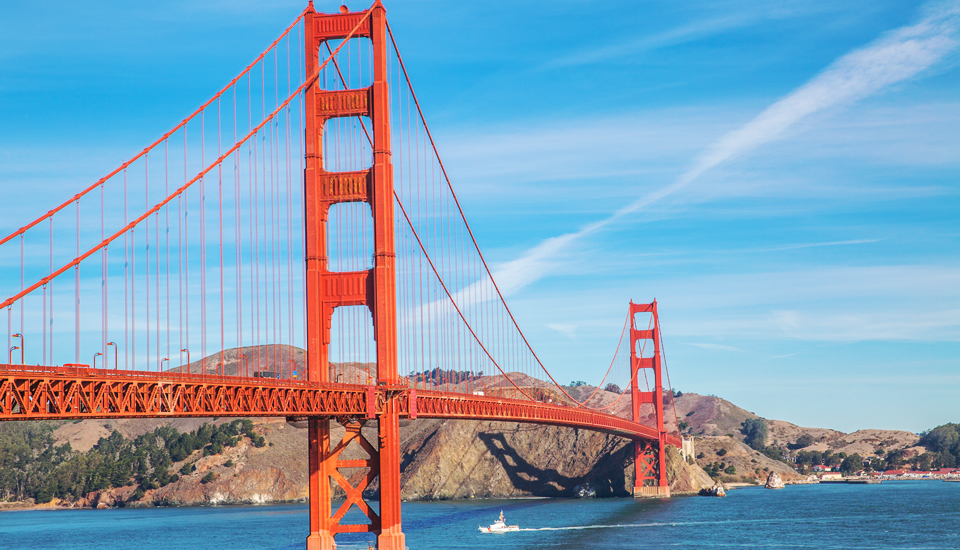10万平方米
占地面积
5千万元
项目总投资
4.4万吨
公司全年产量
5.3亿元
年产总值
精品产品
BOUTIQUE PRODUCTS




一桥涂料 / GOLDDAFENG MACHINERY
江南电竞是一家新材料,新技术,高品质定位产品的涂料生产企业。
江南电竞是一家以新材料、新技术、高品质定位产品的工业涂料生产企业,公司先以涂料研发、生产、经营、服务,继而又扩展到为客户产品涂装,逐渐发展为涂料涂装一体化;因其在产品质量、服务、品牌建设的优异绩效,分别被湖北省评定为知名商标,并以为客户提供解决方案而著称于涂料业界。

新闻动态
CORPORATE NEWS
所属分类概要描述: 公司新闻
湖北一桥集团获中铁工业涂料合格供应商
2021-06-18

版权所有 Copyright(c)2019 江南电竞 鄂ICP备13010848号-1 网站建设:中企动力 武汉

